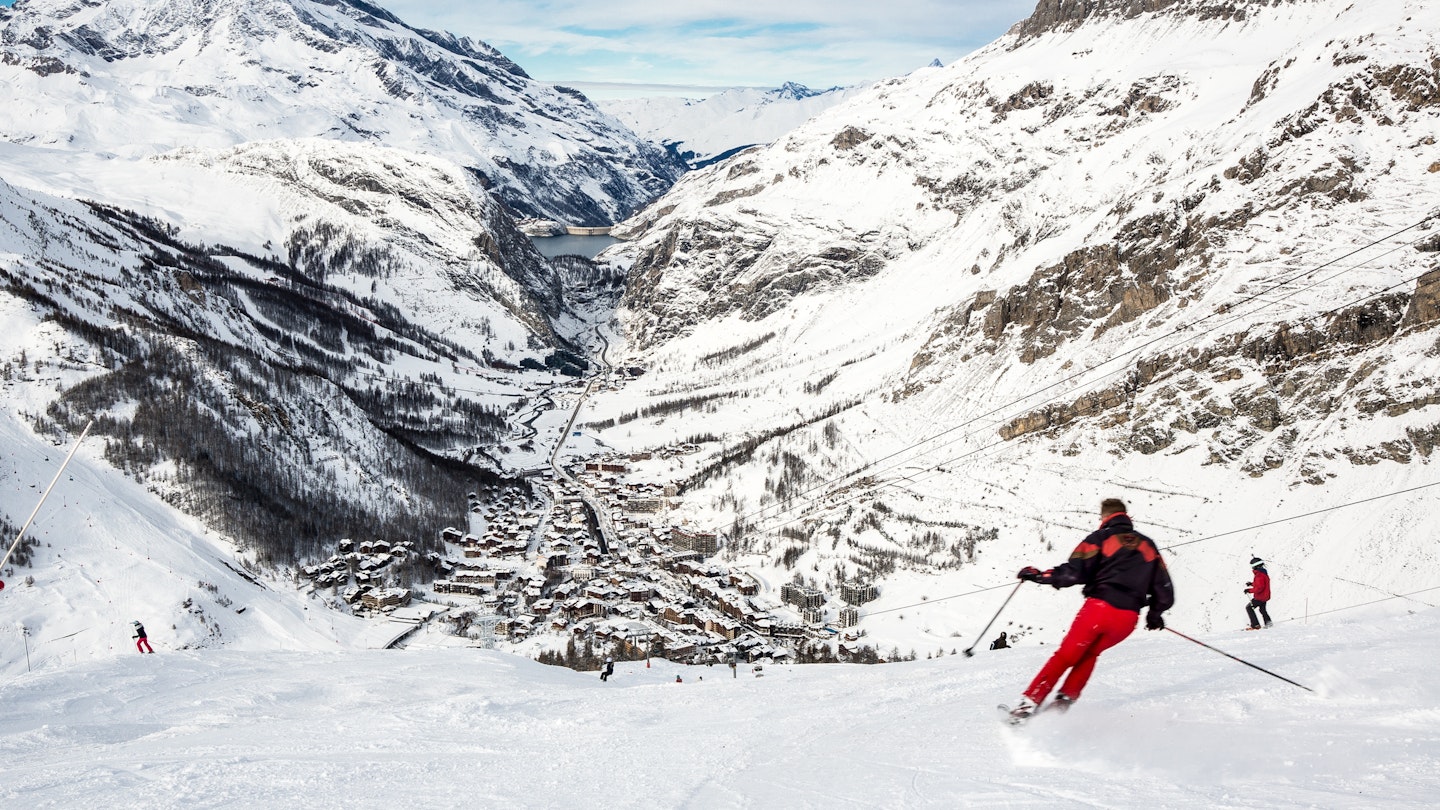Winter sports involve all kinds of exhilarating sensations: a sharp breeze rushing past your face, bright snow stinging your eyes, and the merriment of après-ski. However, the palpitations may hit when you first set sights on ski pass prices. It’s true that skiing and snowboarding don’t come cheap, but for those of us who don’t plan on ordering room service to luxury ski-in suites, there are several ways to lighten the costs. These 10 budgeting tips can help you hit the slopes without needing to take out a second mortgage.
1. Perfect Your Timing
To find a bargain ski pass, look into your destination’s off-peak season and sleuth out the dates of local school holidays to avoid them. Additionally, steer clear of the busy Christmas period. Picking your ski time is just as crucial as choosing the right resort. Typically, ski passes are cheaper at the beginning and end of the season, with January being a particularly budget-friendly month thanks to lower demand.
2. Seek Out Lesser-Known Slopes
While big-name resorts are popular for a reason, venturing a little off the beaten path can lead to fewer crowds and significant savings. Lesser-known resorts often provide similar terrain for a fraction of the cost. For instance, in Colorado, a lift ticket at Cooper ski resort is approximately half the price of neighboring Copper Mountain.

3. The Higher You Stay, The More You’ll Pay
Accommodations located directly on the mountain can significantly increase your budget. Staying in the nearest town often results in much better deals. Many ski resorts offer free bus transfers to the nearest lift, so be sure to check with the tourist office and make use of these services. Consider budget-friendly dormitory accommodations for additional savings.
4. Choose Your Flight Wisely
Even during peak season, budget airlines can offer great deals on flights to snowy destinations. Make sure to avoid extra charges for your ski or snowboard equipment by booking with airlines that have reasonable allowances for sports gear, such as Swiss or Virgin Atlantic. Booking at least two months in advance is a good strategy to secure the best prices.

5. Go for Secondhand Gear
Skiing requires various gear such as skis, boots, and jackets, which can be expensive if bought new. Instead of renting or purchasing gear at the resort, consider searching for secondhand items on platforms like Craigslist. You may find gear that is cheaper than renting for two weeks.
6. Package It Up
Combining your flights, accommodation, lift pass, and equipment rental into a package can lead to generous savings. Research options to see if you can save money by opting for a package deal that fits your budget.

7. Know Your Discounts
Many resorts offer discounts for various groups, including early-bird ski-pass buyers, students, and families. Certain locations, like Grandvalira in Andorra, even offer free skiing for over-70s. It’s essential to check available discounts to optimize your ski budget.
8. Budget Your Aprés-Ski
While indulging in après-ski delights is tempting, it’s important to budget for it. DIY treats in self-catering accommodations can keep your costs down. Consider timing your visits to cafes during happy hours to take advantage of lower prices.

9. Be Flexible
If possible, shave a day or two off your ski pass to save money, while still enjoying plenty of slope time. The French Alps are home to free cross-country trails that don’t require a ski pass, offering a perfect way to enjoy skiing on a budget.
10. Get a Ski Job
If skiing long-term is your dream, consider taking on a job at a ski resort. Positions in various roles, such as lift operators or cleaners, often come with the benefit of free ski passes and accommodation, making it easier to hit the slopes.
This article aims to guide you on effectively budgeting for your ski trip while enjoying all the delights of winter sports. By following these tips, you can maximize your experience without breaking the bank, all with the support of GoTravelDaily.





